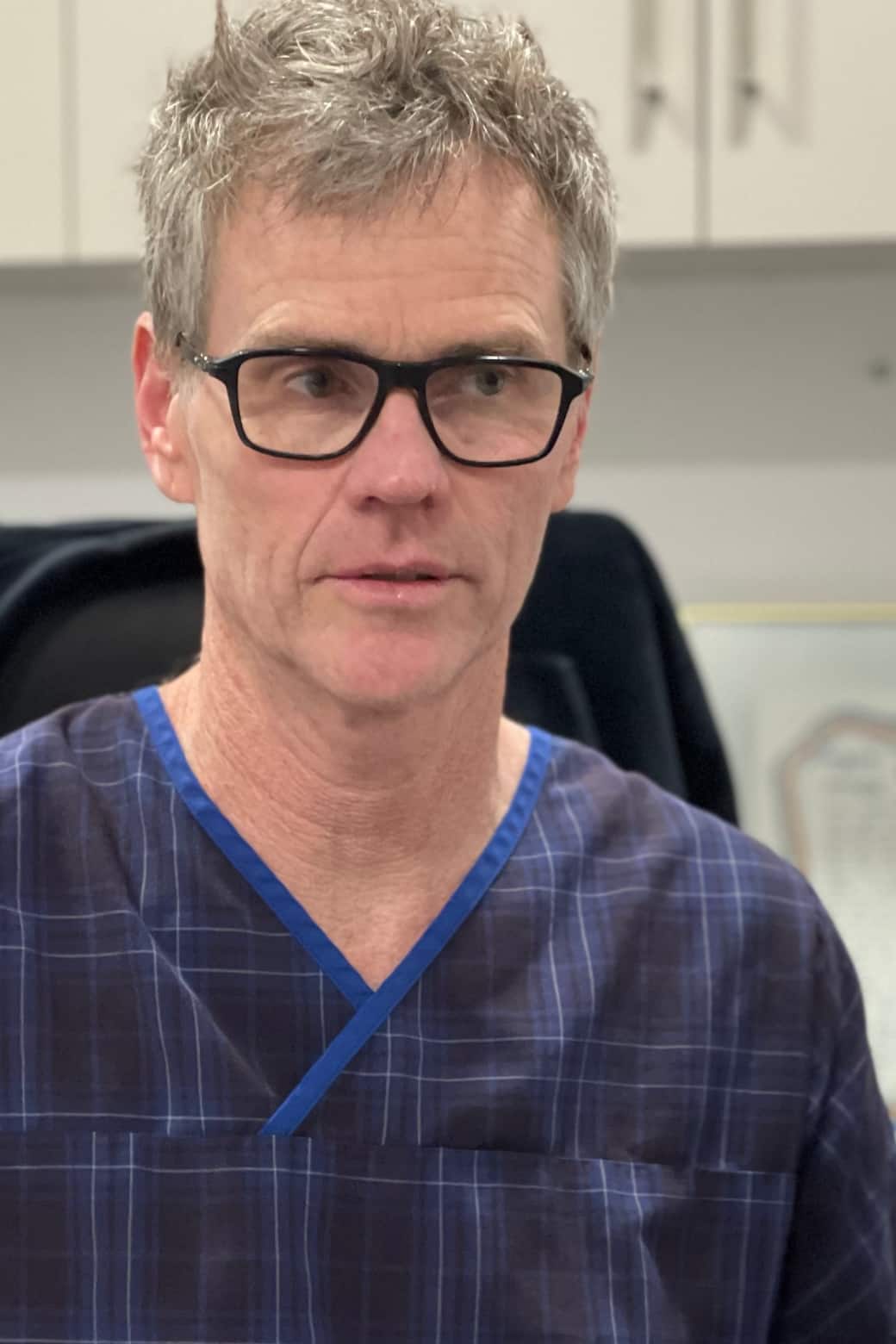Period pain Perth
Your periods shouldn’t hurt. Even though period pain is quite common and can be treated, it’s important to know the underlying cause.


- There are two types of period pain
- Primary dysmenorrhoea is caused by high levels of natural chemicals that cause the muscles and blood vessels of your uterus to contract
- Secondary dysmenorrhoea results from a disorder in your female reproductive organs such as endometriosis, adenomyosis or fibroids
- Both types of period pain can be treated so it is important to get checked
Period pain Perth gynaecologist
What is period pain?
Pain associated with menstruation is called dysmenorrhoea. It’s quite common to experience some pain for 1 to 2 days each month.
1 in 2 women experiences some mild pain for 1 or 2 days only. However, for some women, the pain is so severe that it keeps them from their normal activities for several days a month.

Gynaecologist Perth
Primary dysmenorrhoea
If you feel cramps before or during your period, we call this primary dysmenorrhoea. Natural chemicals, called prostaglandins, cause the muscles and blood vessels of the uterus to contract. Women with primary dysmenorrhoea have high levels of prostaglandins at the start of their period. As bleeding continues and the lining of the uterus is shed, the levels go down. When the levels go down after the few first days, the period pain tends to ease as well.
Usually, primary dysmenorrhoea starts shortly after your first period. It gets often better with time and after childbirth.
Secondary dysmenorrhoea
Secondary dysmenorrhoea results from a disorder in your female reproductive organs. Contrary to primary dysmenorrhoea, the pain tends to get worse over time. It also starts earlier and lasts longer than normal menstrual cramps. Conditions that can cause cramping are:
- Endometriosis: when the tissue that lines the uterus is found outside the uterus. It can lead to bleeding and scarring which can cause severe pain.
- Adenomyosis: similar to endometriosis this is when the endometrial lining grows in the uterine muscle.
- Fibroids: these are abnormal (benign) growths in the body of the uterus. When located in the wall of the uterus, they can cause pain.

Treatment period pain Perth
Period pain diagnosis and treatment
How is period pain diagnosed?
First, we will ask you to describe your symptoms and menstrual cycle. We will ask about your medical history and previous investigations or tests.
We may also request other investigations including:
- laboratory tests
- ultrasounds
- surgical interventions such as a hysteroscopy
Ultrasounds can be done at our Joondalup practice but sometimes a specialised gynaecological scan is needed. We will then refer you to see a sonologist.
Hysteroscopies can also be performed at Joondalup Obstetrics and Gynaecology Group, either under local anaesthesia or in the hospital’s theatre under general anaesthesia.
Period pain treatment
Both primary and secondary menstrual cramps can be treated. Generally, we first try to treat the symptoms with some “simple” anti-inflammatory medications such as Ibuprofen. These are medications that target prostaglandins. Your pain can also be treated with hormones such as the birth control pill, vaginal ring or implants.
Alternative therapies such as acupuncture/acupressure or nerve stimulation can also be used to manage pelvic pain as does physical therapy that targets trigger points.
Surgery on its own is never the answer.
When we have certainty about the conditions that are causing your period pain, we may discuss laparoscopic surgery. In that case, we can surgically remove the endometriosis, adenomyosis or fibroids.

Gynaecologist Perth
Your first visit can last up to an hour and involves a detailed medical history including a menstrual history and a clinical examination.
The best way to prepare for your visit is to bring your previous medical records, tests and investigations. Ask your GP to print your medical history that is related to your period pain.
It is also helpful to have a clear timeline of events, so tracking your menstrual cycle and making notes on which day you feel pain helps too.
Hysteroscopy Perth
Why may I need a hysteroscopy?
A hysteroscopy allows us to examine the lining or internal structure of your uterus. We use a tool called a hysteroscope, which is a thin lighted tube that we insert into your vagina.
You might need this procedure if we want to examine the cause of your period pain or heavy periods. Even though it’s usually a diagnostic procedure, it can also be therapeutic. If an abnormal condition is detected, for example, polyps, we can remove them during the same procedure.
In Western Australia, most hysteroscopies are done under a general anaesthetic but they can also be performed with local anaesthesia.
Your gynaecologist will explain this during the consultation but typically you cannot eat or drink for at least 6 hours prior to the procedure.
12 excellent reasons to choose Joondalup Obstetrics and Gynaecology Group
Care for the whole family, organising work certificates for partners.
Providing safe care and birth options (experience as a rural GP obstetrician).
A limited number of private patients to allow us the ability to provide patients with the service they deserve.
Make the time for patients, understand what they want/expect from their journey, available 24/7 (when on leave you will be covered during those times).
Blood pressure management.
Foetal growth assessment.
Maintaining a close relationship with your GP.
In-house access to allied health services such as physiotherapy and lactation consultants.
Free online antenatal classes.
About
JOGG
We are Joondalup Obstetrics and Gynaecology Group, in short JOGG. We are a Joondalup-based private obstetrics and gynaecology practice, and cater for mums, women and families across the Perth metro area.